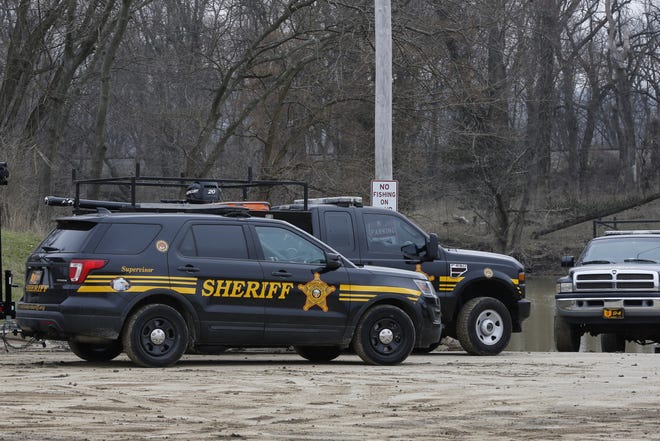

Sally Ness, a community activist in Bloomington, Minnesota, recently convinced an appellate court that a city ordinance purporting to prohibit photographing children in a public park violated the First Amendment.
The case serves as a road map for other cities that may want to enact similar ordinances.
Ness is a Bloomington resident who describes herself as the “point person” for delivering neighborhood concerns to the city about the Al Farooq Youth and Family Center allegedly violating its agreements related to use of Smith Park.
Ness records videos and takes photographs from public sidewalks and streets around the park, the driveways of homes across the street from the park and within the park itself. She documents her concerns by posting the photographs and videos on a Facebook page and an internet blog.
In October 2019, the Bloomington City Council approved an ordinance prohibiting photographing and recording children in city parks. The ordinance provides that in city parks, “[n]o person shall intentionally take a photograph or otherwise record a child without the consent of the child’s parent or guardian.” A violation constitutes a petty misdemeanor.
Ness took the city to federal court to invalidate the ordinance. The trial court dismissed the complaint, but Ness had more success in the 8th U.S. Circuit Court of Appeals. The appellate court disagreed with the trial court on several key points.
The appellate court found that Ness was engaged in speech, rather than conduct. As it noted, "Ness wants to photograph and record the asserted 'noncompliant and overuse of Smith Park' by the Center ... and she wants to post those photographs and videos to an internet blog and a Facebook page 'in order to inform the public' about the controversy. Thus, her photography and recording is analogous to news gathering. The acts of taking photographs and recording videos are entitled to First Amendment protection because they are an important stage of the speech process that ends with the dissemination of information about a public controversy."
The appellate court also found that the ordinance was not "content neutral" because it targeted specific content – the activity of children. Thus, the ordinance wasn't neutral in any material respect.
Finally, because the ordinance did not require malicious intent on the photographer's part, it did not advance a compelling governmental interest. People in a public park – even children – don't have a privacy interest that prohibits others from taking their picture absent some intent to harm the subject of the photo. The Bloomington ordinance therefore swept under its reach innocent conduct as well as illegal conduct. For that reason it couldn't survive First Amendment scrutiny.
One aspect of this case that was likely on the appellate court's mind was a concern that Bloomington was trying to shut down Ness because her postings frequently criticized the city. So cities looking to adopt similar ordinances should be careful to avoid retaliating against citizens. And any similar ordinance should make sure it incorporates an intent element. There's no sense adopting an invalid law.
Jack Greiner is a partner at the Graydon law firm in Cincinnati. He represents Enquirer Media in First Amendment and media issues.
Source link







